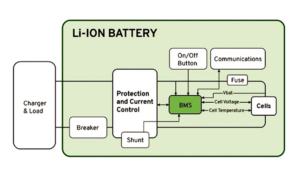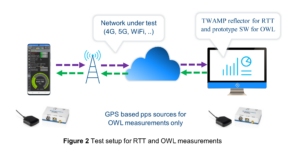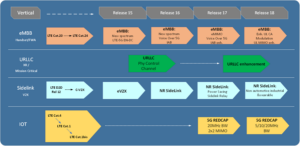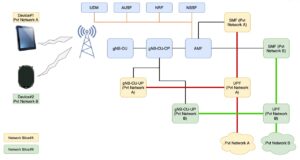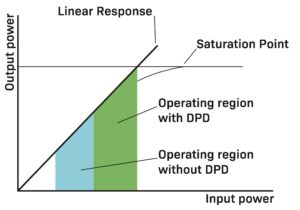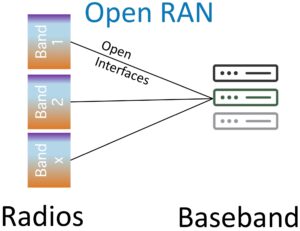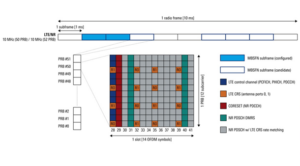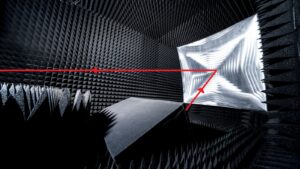As the number of cell sites increase and their sizes decrease, engineers have options to consider for battery backup. Differing battery chemistries offer more choices and different performance levels. Selecting the right battery chemistry for each application is critical to ensure reliable, long lasting, and cost-effective power delivery.
Measurements show 5G improves latency in public networks
Measurements on public networks at our facilities demonstrate how 5G’s lower latency compared to LTE can improve industrial applications.
5G Reshapes mobile RF design strategies
Steep learning curves in RF mmWave antenna design demand collaboration and technology understanding beyond sub-6 GHz strategies.
How RedCap fits into 5G and IoT
Targeted at IoT applications, the reduced-capability in 5G will support a wide range of devices and applications that don’t need high speed, but do need low latency and high-reliability. 5G’s real promise comes not from mobile phones, but from industrial and business applications where network operators hope to recover the huge investments they’ve made in…
Private 5G: What is it? How does it work?
Private networks, whether operated by users or by wireless carriers, requires radios, addressing, timing, and automation to make them run.
How DPD improves power amplifier efficiency
Digital predistortion compensates for an amplifier’s nonlinearities, letting it operate in its nonlinear region for maximum power efficiency.
Deploy and maintain an Open RAN network
Open radio access networks offer advantages in locating network functions of proprietary RANs. Automation and orchestration let telecom networks do what computing networks have done for years.
Our first 5G handbook awaits you
5G Technology World and EE World present our first 5G handbook, digital edition.
DSS lets 5G and LTE share spectrum
Dynamic spectrum sharing of 5G and LTE networks addresses the need for spectrum, particularly at mid-band frequencies. Here’s how it works.
Simulate, test, and verify to solve 5G RF design problems
Performing these three steps can improve mmWave and beamforming performance.

